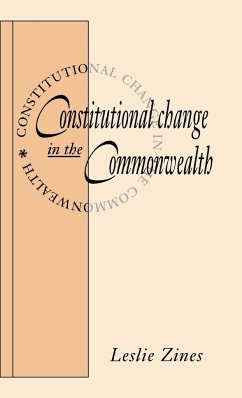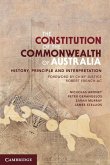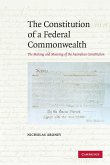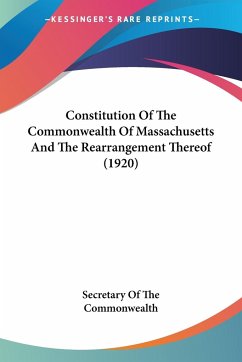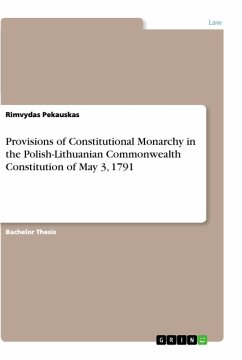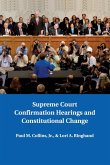This book is a contribution to comparative constitutional law and deals with important changes in the United Kingdom, Canada, Australia and New Zealand, the original members of the present Commonwealth of Nations. It is based on lectures delivered at the University of Cambridge under the auspices of the Smuts Memorial Fund. The first lecture discusses the development in recent years of the constitutional autonomy of Canada, Australia and New Zealand, and its effect on the constitutions of those countries and on the concept of the 'crown'. The second lecture is concerned with methods to entrench, constitutionally, individual and democratic rights. It examines the effect in Britain of adherence to the European convention on Human Rights, the nature and judicial interpretation of the Canadian Chapter on Rights and Freedoms and proposals for bills of rights in Britain, Australia and New Zealand. There is criticism of attempts by some Commonwealth judges to impose restrictions on parliamentary power in favour of individual rights in the absence of any specific constitutional provisions to that effect. The final lecture contrasts judicial attitudes to the interpretation of the constitutions of Canada and Australia. The position of Britain in relation to the European Economic Community is compared with the federal features of Canada and Australia. The conclusion is reached that although the EEC is not a federation, there is a structural similarity between the distribution of governmental power within the Community and its members, and the federal issues that arise in Canada, Australia and other federations.
Table of contents:
1. Constitutional autonomy; 2. The entrenchment of individual and democratic rights; 3. Federal and supranational features.
Hinweis: Dieser Artikel kann nur an eine deutsche Lieferadresse ausgeliefert werden.
Table of contents:
1. Constitutional autonomy; 2. The entrenchment of individual and democratic rights; 3. Federal and supranational features.
Hinweis: Dieser Artikel kann nur an eine deutsche Lieferadresse ausgeliefert werden.

